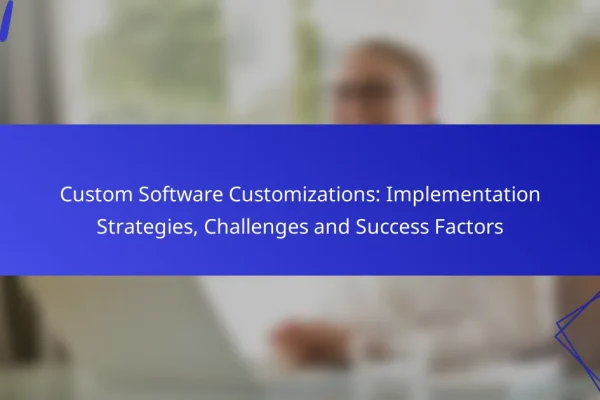
Dynamic Software: Pricing Models, Cost Structures and Value Propositions
Dynamic software offers a range of pricing models designed to meet diverse user requirements and business objectives, including subscription, pay-per-use, and freemium options. Its cost structures, comprising both fixed and variable elements, can vary based on usage and development needs, making it essential for organizations to grasp these dynamics for effective budgeting. Additionally, dynamic software…














